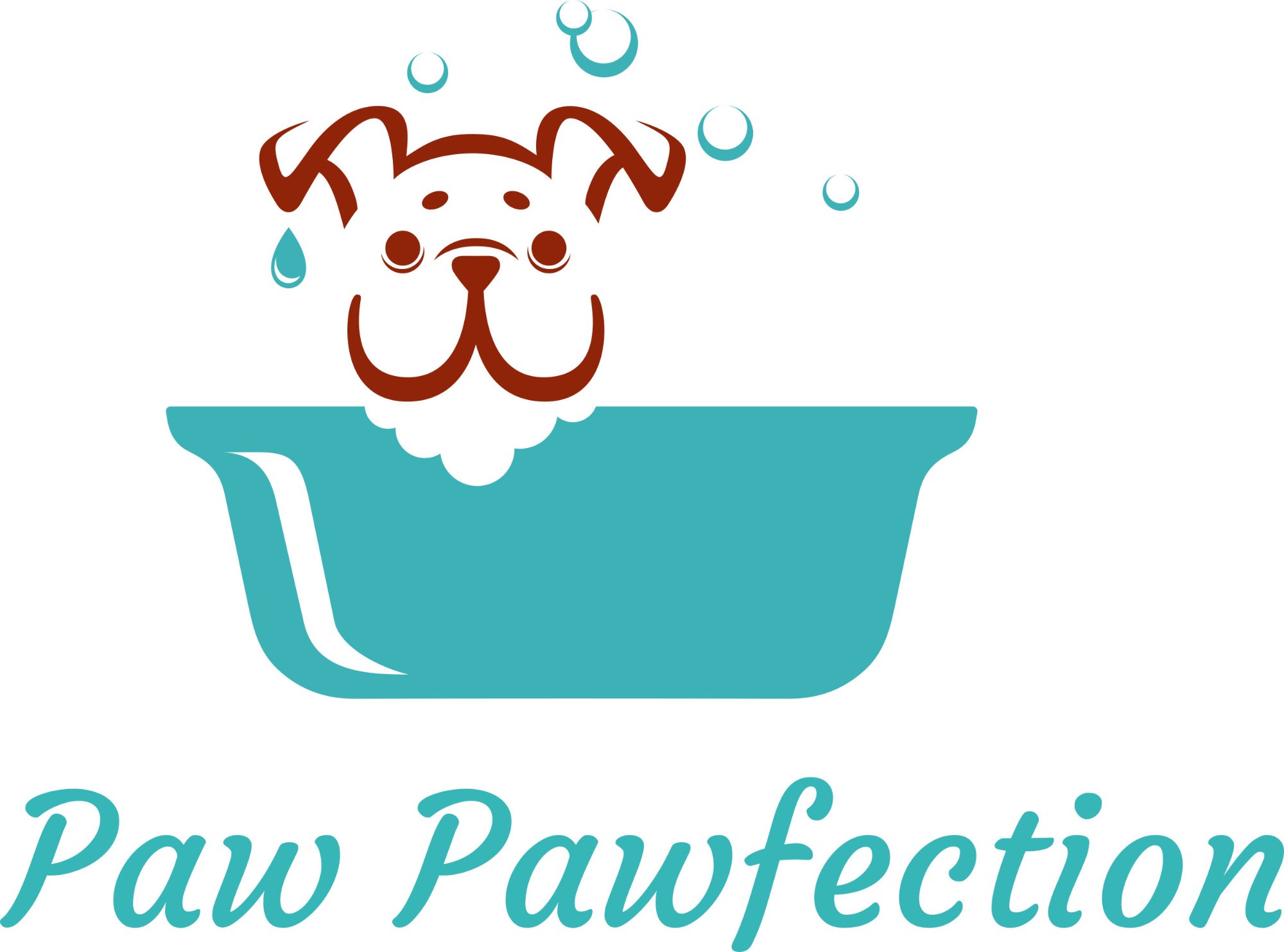Frequently Asked Questions
Looking for the best way to keep your dog's teeth clean and their breath fresh? At Paw Pawfection, we specialise in anaesthetic-free dog dental care using safe, effective methods like ultrasonic toothbrushes for dogs. Whether you're worried about bad breath, plaque and tartar, or just want to know how often to brush your dog’s teeth, we’ve got you covered.
This comprehensive FAQ answers the most common questions dog owners ask about:
Ultrasonic dog tooth brushing
Signs of dental disease
Safe home brushing tips
How to prevent gum disease in dogs
And much more...
Dog dental hygiene is more than just cosmetic—it’s essential to your pet’s long-term health. Learn how to protect your dog’s teeth and gums, avoid costly vet visits, and give your pet a happier, healthier life.
1. What is an ultrasonic toothbrush for dogs and why should I use one?
An ultrasonic toothbrush (like Emmi‑Pet) uses 96 million gentle air vibrations per minute to clean without scrubbing, making it stress‑free and often eliminating the need for vet dental work under anaesthetic
2. At what age can I start using it on my dog?
You can begin even when your dog is a puppy. Attachments come in small (S2) and medium (M2) sizes, suitable for breeds from Chihuahuas to Newfoundland's
3. How often should I clean my dog's teeth?
Once you've achieved clean teeth, weekly maintenance with toothpaste, ultrasonics, or gels helps keep them healthy
4. What causes bad breath in dogs?
Bad breath often starts from food residue and bacteria—early signs of plaque. Left unchecked, it can lead to tartar, gum disease, and even organ infections
5. Can I clean my dog’s teeth without anaesthetic?
Yes! Ultrasonic brushes enable anaesthetic-free cleaning at home, making routine dental care safe, stress‑free, and effective .
12. When should I see the vet?
Book a vet check if you notice:
Bad breath, bleeding gums, or red swelling
Loose or damaged teeth, pain while eating
Yellow/brown stains or facial swelling
These signs may indicate periodontal disease, loose adult teeth or infection
